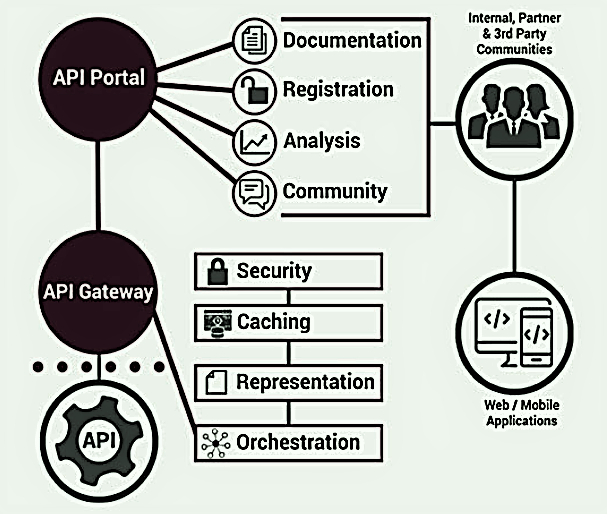Unlike API design, which focuses on why the API is built, the output, and how it is executed, the API architecture defines the entire methodology and process for running and deploying APIs. It covers the API gateway (and how API security, caching and orchestration work), developing an API portal for API analysis, API documentation, API marketing, making sure they work with web applications / mobile apps and defines, like them internal, partner and third party developers. The architecture helps your company with the entire API lifecycle management process.
